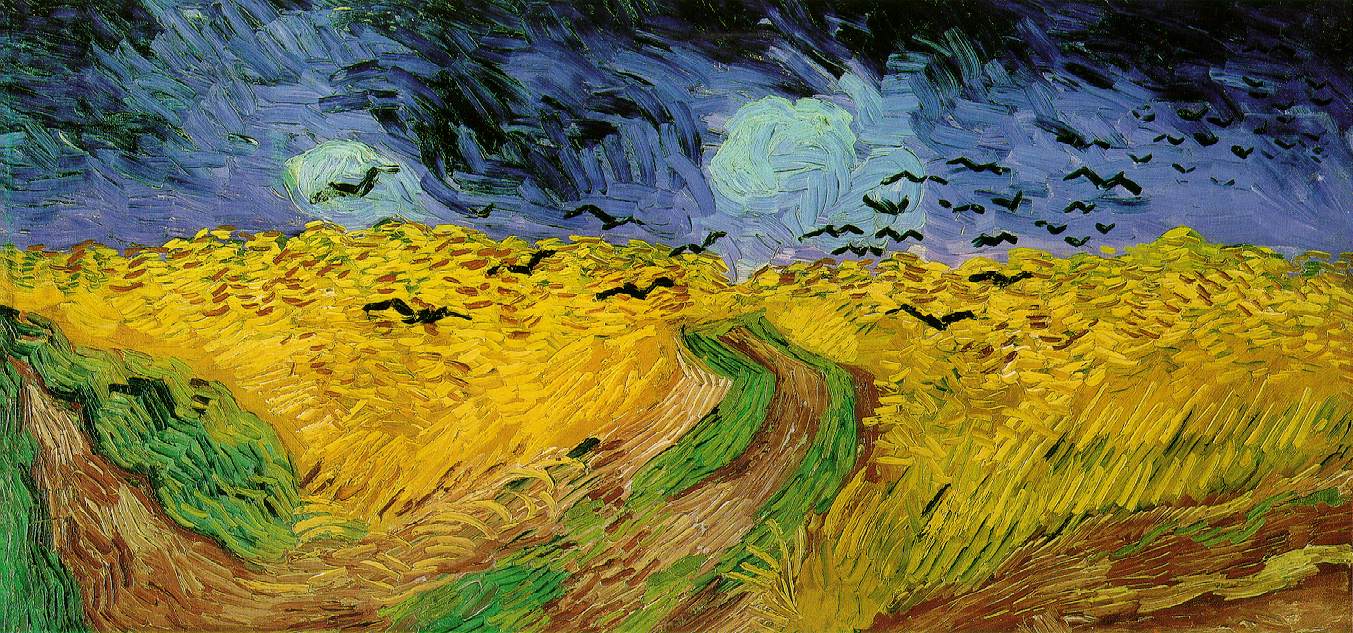

On May 20, 1890, Vincent Van Gogh moved to Auvers-sur-Oise on the advice of his brother Theo, as the charming village would allow him to find some peace and quiet and to benefit from the care of Doctor Gachet.
The doctor, who was also an art collector, knew painters well after having worked with Gustave Courbet during his studies in Paris and having treated Paul Cezanne's father and Camille Pissarro's children.
Aware of his psychological fragility - the episode of the severed ear had taken place 2 years before - the artist previously lodged in Arles visited him several times and the house of the one who was also Georges Seurat's artistic anatomy teacher can be visited today.
Another place not to be missed to follow in the footsteps of the painter: the Ravoux Inn where he was staying and where, on July 29, 1890, he died after being shot (accidentally or deliberately?) two days earlier. His room, which he rented at the time for 1 franc a day, is open to the public and allows us to measure the extent to which Van Gogh lived modestly, his talent having been recognized only posthumously.
Without the financial support of his brother Theo, the numerous masterpieces he produced throughout his short life, and particularly during this fruitful period in Auvers, would not have reached us. As a tribute to their unbreakable bond, the two brothers are buried together in the Auvers cemetery and their grave, covered with ivy from Doctor Gachet's garden, has become a true place of pilgrimage.
People must know that he was a great artist.
In time, he will be recognized and many will regret that he left so early.
Pissaro, Cézanne, the Douanier Rousseau...: they too were inspired by this bucolic commune of the Val-d'Oise which, thanks to a path marked out with signs, allows you to situate their works in their original environment.
Thus, while standing in front of the Church of Auvers, one can amuse oneself by locating where Vincent Van Gogh had placed his palette to represent it in this perspective. A little further on, we find the wheat fields that inspired him so much or, all along this walking loop also marked on the ground, charming alleys typical of a 19th century village.
It is one of these bucolic settings that the artist has chosen as the motif for his latest painting, Roots. As its name indicates, it represents tree stumps whose location in Auvers was discovered only recently and... totally by chance!
It was while sorting out old postcards of the town that the scientific director of the Van Gogh Institute spotted a copse on the hillside with visible trunks and roots. After comparing it with the painter's painting, followed by exchanges and visits on site with specialists in his work, it was confirmed: it was here, in this little Rue Daubigny, that the artist found the inspiration for this work that he unfortunately did not have time to finish.
Wandering freely or with a guide, this beautiful walk in the footsteps of Vincent Van Gogh lasts about 1h30 and all the information is available at the Tourist Office of the city. Have a nice trip!
Valérie from Comme des Français